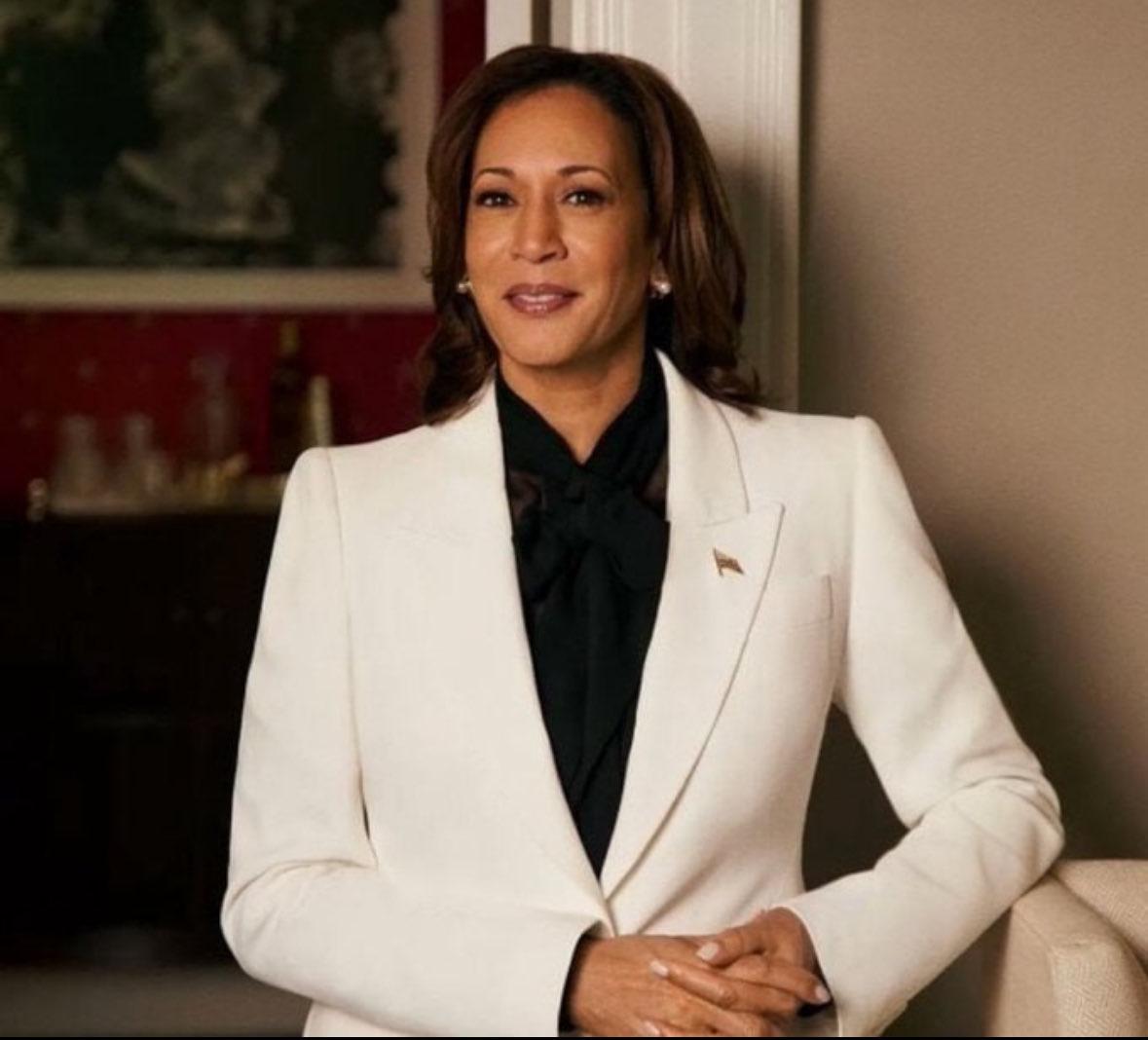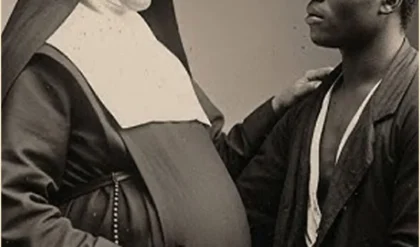What will Kamala Harris’s legacy be?

As the first woman, the first Black American, and the first South Asian American to become Vice President of the United States, Kamala Harris entered history on the strength of an unrepeatable “firsts” resume. Yet almost four years into that tenure, and amid her bid for higher office, her legacy is already shaping up to be a mixture of breakthrough symbolism and complex practical outcomes.
On one hand, Harris’s election alone signaled a significant moment for representation in U.S. politics. For many young women of color, she embodied possibility — a reflection of myriad identities historically excluded from the highest echelons of power. As one young student put it when meeting Harris, “It felt so good to have somebody with that much power … look me in the eye, talk to me, listen to me and treat me as an equal.” ) That capacity to make people “feel seen” is likely to endure long after policy debates fade.
Yet symbolism is only part of a legacy. On the policy front and in the narrative of public leadership, Harris’s record is already contested. Critics argue that despite the historic nature of her office, her ability to shape and own a signature policy agenda has been limited. For example, her so-called “Opportunity Agenda for Black Men” was praised for ambition but critiqued for not fully confronting the underlying structural inequalities at work. ( In other words: the means and depth of change remain questioned, even as her presence remains iconic.
Another powerful strand of her legacy ties to the fraught terrain of immigration and the U.S.-Mexico border. Tasked in 2021 with helping lead U.S. policy in that arena, her June speech urging migrants “do not come” to the United States became emblematic of a broader perception of ineffectiveness, as record crossings followed. For many observers, this disconnect between assignment and outcome underscores how historical significance and governance success do not always move in tandem.
Moreover, her vice presidency coincided with and assisted the legacy of Joe Biden, which she often praised as “unmatched in modern history.” ) In doing so, she tied her fate to his, making it harder for her to carve out a wholly independent identity. Analysts argue that part of her challenge has been shifting from “historic first” to “effective executive.”
From a political-campaign perspective, Harris’s legacy is also likely to include lessons about the opportunities and obstacles facing women of color in American politics. Her ground-breaking candidacy and fundraising successes were impressive, yet her campaign highlighted how deeply entrenched biases and structural limitations persist. As one piece put it: “What will her legacy be? … I knew that this country could elect a Black president. I did not believe it could elect a Black woman president.” That mix of expectation and shortfall will likely define how historians assess her chapter.
At the same time, the fact that she held the vice presidency during a uniquely turbulent era — global pandemic recovery, shifting geostrategic alliances, heightened social justice debates — means her legacy may be framed partly in terms of the era she occupied rather than purely in terms of her personal imprint. In other words: she may be remembered as much for the moment as for the leader.
So what might endure? First, the opening of a door: Harris’s rise will remain a milestone for representation, casting a longer shadow for those who follow. Second, a cautionary note: her tenure illustrates how symbolic breakthroughs do not automatically translate into unambiguous policy triumphs or electoral success. Third, the narrative of ambition and resilience: her path—from prosecutor to U.S. Senator to Vice President and beyond—reflects a version of the American story of striving, as much as it does a reflection of unresolved national debates about race, gender, power, and governance.
In the final account, Kamala Harris’s legacy will likely be layered. She will be etched into history for breaking barriers, yet not without the asterisks of unmet expectations and institutional constraints. Her place in America’s political narrative is secure; how that place is viewed — as herald of change, cautionary tale, or both — remains to be fully written.





